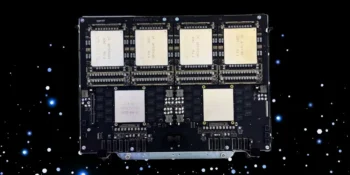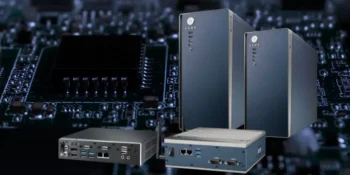Key Points:
- Former astronaut Harrison Schmitt co-founded Interlune, a startup focused on mining helium-3 from the lunar regolith.
- Helium-3, abundant on the moon’s surface, holds promise for various applications on Earth, including clean energy production and quantum computing.
- Interlune plans to deploy a solar-powered robotic harvester on the moon to extract helium-3 and other valuable compounds.
- Interlune secures $18 million in seed funding and collaborates with established space companies for transportation and logistics.
After decades of research and advocacy, former astronaut Harrison Schmitt spearheads a new endeavor to mine helium-3 from the lunar regolith to address pressing needs on Earth. Schmitt, who walked on the moon during the Apollo 17 mission in 1972, is now the co-founder and executive chairman of Interlude, a startup focused on lunar resource extraction.
Helium-3, a stable isotope of helium, holds immense potential for various applications on Earth, including neutron detection, quantum computing, medical imaging, and clean energy production through nuclear fusion. While helium-3 is rare on Earth, it is abundant on the moon’s surface, deposited over billions of years by solar wind.
Interlune’s proposed approach uses standard industrial processes to extract helium-3 and other valuable compounds from the lunar regolith. The company plans to deploy a solar-powered robotic harvester on the moon, capable of digging trenches, collecting lunar soil, and separating helium-3 from it. The harvested helium-3 would then be transported back to Earth for commercial use.
Despite initial skepticism, Interlune has garnered support from investors and industry experts, including Rob Meyerson, the company’s CEO and a former executive at Blue Origin. Meyerson envisions Interlune’s harvester as a crucial component in the emerging space economy, catering to the growing demand for helium-3 in various sectors such as quantum computing.
Interlune’s ambitious timeline aims to commence revenue-generating operations by the 2030s. Prototypes of the lunar harvester will undergo testing on Earth before deployment to the moon. The company has already secured $18 million in seed funding and plans to leverage partnerships with established aerospace firms for lunar transportation and logistics.
While challenges remain, including technological feasibility and regulatory hurdles, Interlune represents a unique approach to lunar resource utilization. Unlike previous efforts focused on in-situ resource utilization for space exploration, Interlune aims to tap into lunar resources to meet terrestrial needs, bridging the gap between space exploration and commercial applications on Earth.
As Harrison Schmitt expresses optimism about the broad availability of helium-3, Interlune’s venture underscores the growing momentum in private sector initiatives for lunar resource extraction, potentially reshaping the future of energy and technology on Earth.












